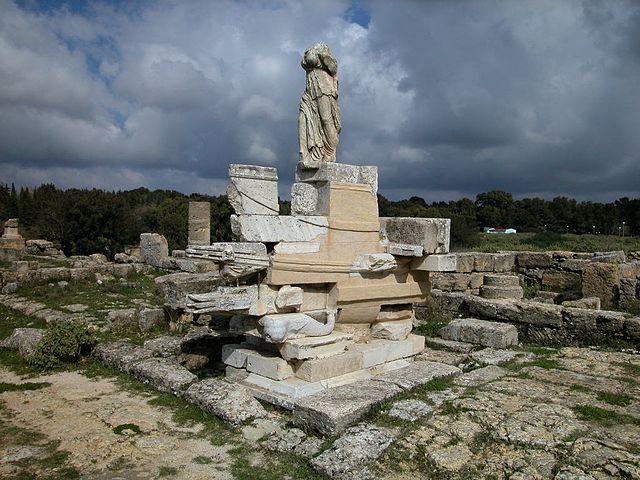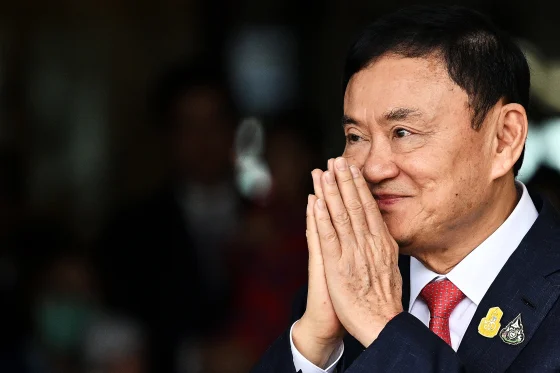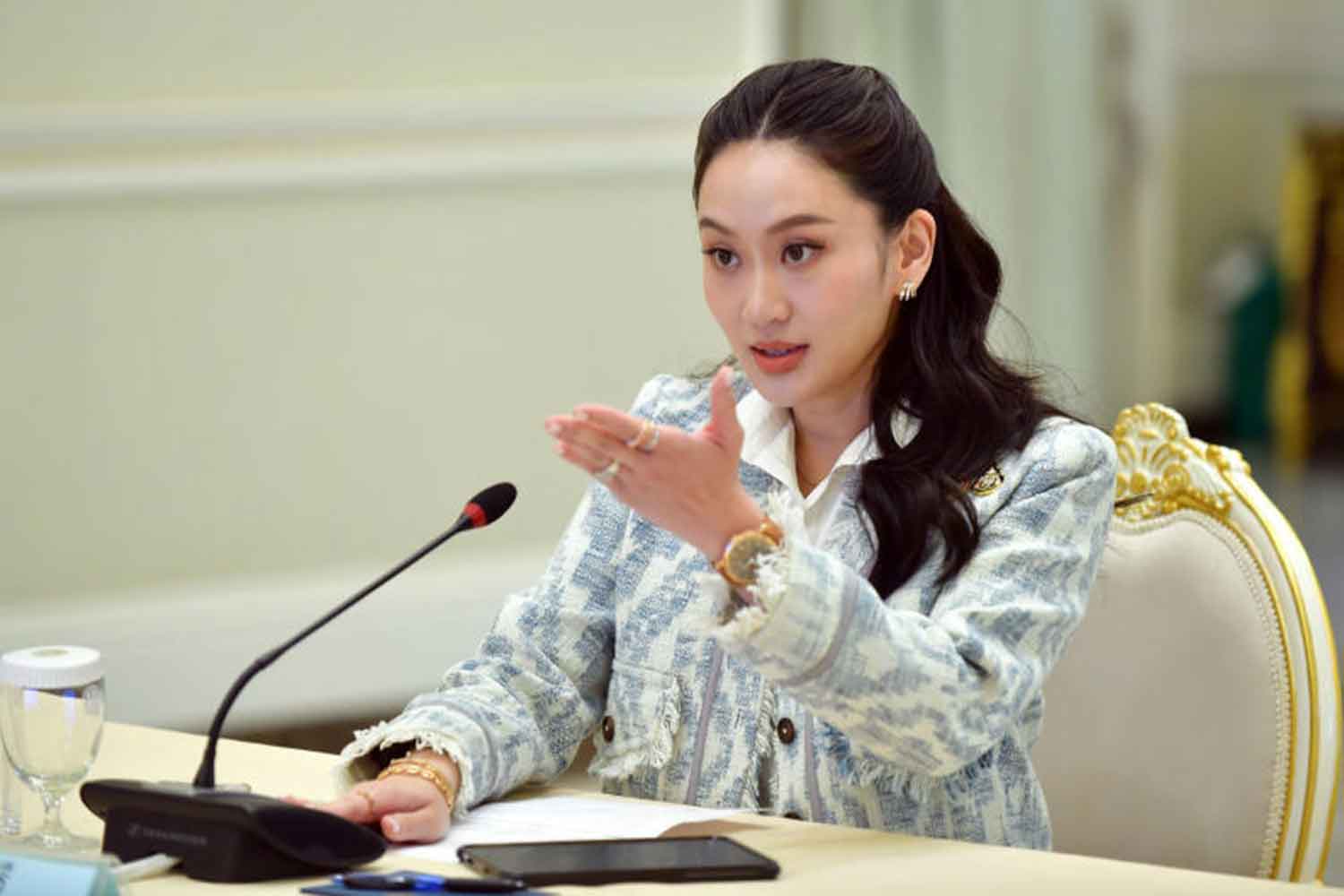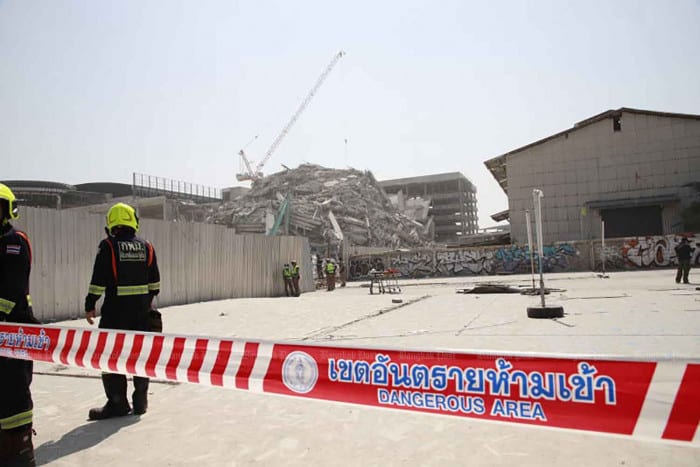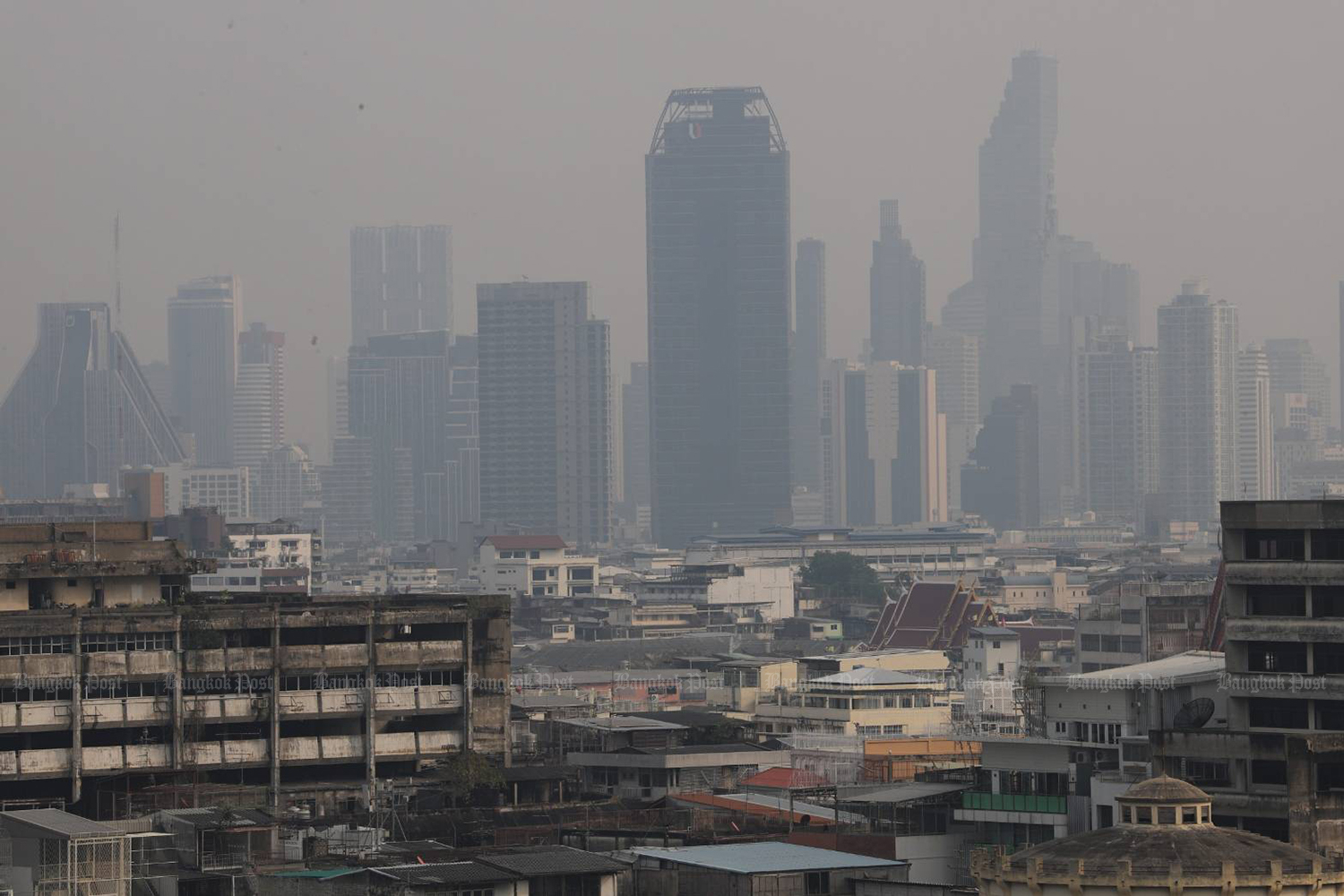Historic Landmark Gains New Recognition
Preserving Thailand’s Cultural Heritage
The iconic Victory Monument in Bangkok has been officially registered as an archaeological site by Thailand’s Fine Arts Department. This designation, announced on March 13, 2025, covers the monument itself and its surrounding area, spanning approximately 0.51 hectares.
Monument’s Rich History
From War Memorial to Cultural Icon
Constructed in June 1941, the Victory Monument was originally built to commemorate Thailand’s triumph in the Franco-Thai War. This brief conflict resulted in Thailand annexing territories in western Cambodia and northern and southern Laos. The 50-meter tall obelisk stands as a testament to the nation’s military prowess and sacrifice.
Architectural Significance
A Symbol of National Pride
The monument features five statues at its base, representing soldiers from various branches of the armed forces and civilians who participated in the war. Plaques inscribed with the names of 801 Thai nationals who lost their lives in international conflicts from 1940 to 1954 further emphasize its historical importance.
Cultural and Political Importance
A Hub for Civic Engagement
Since its construction, the Victory Monument has become a focal point for political demonstrations, rivaling the Democracy Monument in Phra Nakhon district. It has witnessed numerous significant protests, including those against former premiers and military juntas, cementing its role in Thailand’s political landscape.
Economic and Urban Significance
A Thriving City Center
Beyond its historical and political importance, the Victory Monument area serves as a major transportation hub and economic center. The surrounding district boasts hospitals, shopping malls, restaurants, and residential developments, attracting substantial investment from both domestic and international sources.
Preservation for Future Generations
Safeguarding National Heritage
This new archaeological site designation ensures the preservation of the Victory Monument for future generations. It underscores the structure’s cultural, historical, and architectural significance, solidifying its place as an enduring symbol of Thai national identity and resilience.
